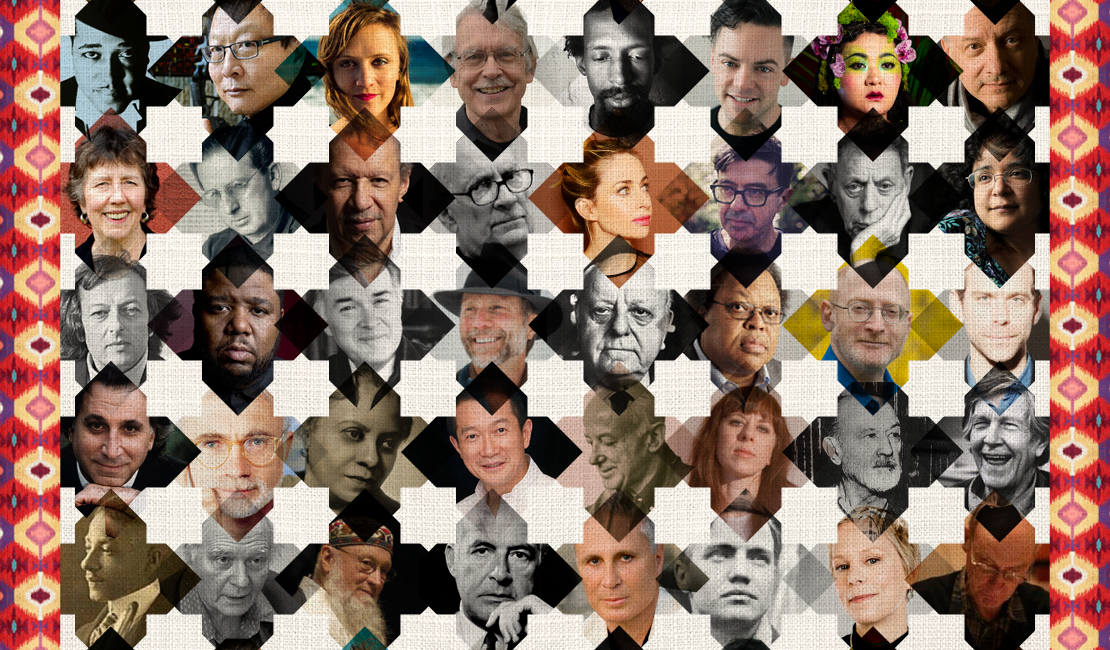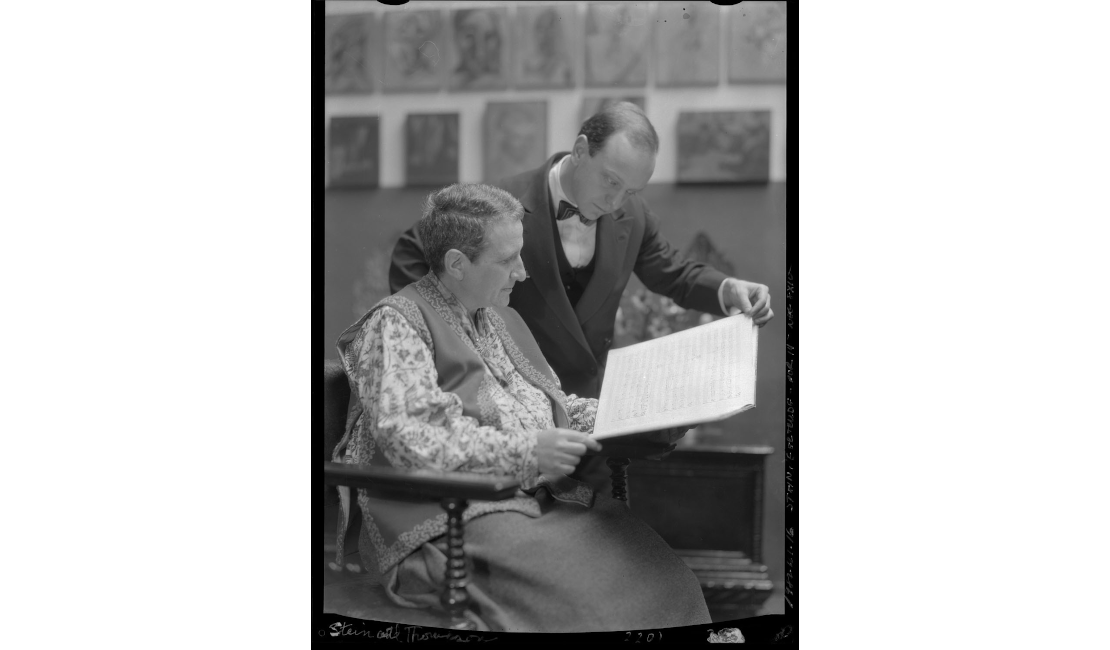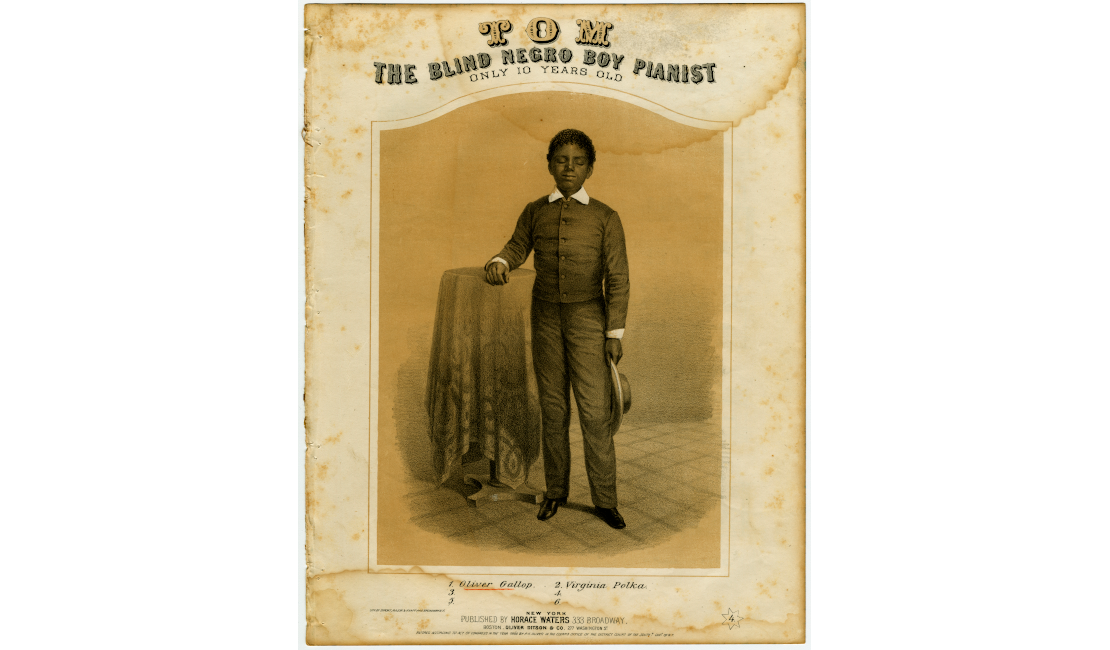Independent Repertoire: American History and Politics

The rich, complex, and often tumultuous history of American politics has been a key concern for many American composers. Their political engagement ranges from earnest celebration of national triumph to sobering investigations of the painful past. These works help us better understand our current realities through the sounds of our history.
Sarah Kirkland Snider, Forward Into Light (2020)
Forward Into Light was inspired by women suffragists including Sojourner Truth, Elizabeth Cady Stanton, Susan B. Anthony, Frances E.W. Harper, Ida B. Wells, Zitkála-Šá, and Mabel Lee Ping-Hua. Commemorating the centennial of the 19th Amendment’s ratification and women’s voting rights, Forward Into Light features a musical quote from the suffrage anthem “March of the Women” that emphasizes continual progress and improvement on past errors. Throughout the work, new musical voices emerge, “challenging and subverting the original ideas to explore new collaborative solutions.” Snider imagines the inner landscapes of her forebears in this “meditation on perseverance, bravery, and alliance.”
Virgil Thomson, The Mother of Us All (1947)
The Mother of Us All presents Virgil Thomson and Gertrude Stein’s vision of the suffrage movement in the narrative form of a two-act opera. Centered on Susan B. Anthony and featuring a wide cast of real and imagined characters, The Mother of Us All beautifully combines Stein’s fragmented, colloquial writing with Thomson’s musical range and wit. Throughout, the composer weaves together what he has called “gospel hymns and cocky marches […] sentimental ballads, waltzes, darn-fool ditties and intoned sermons” to evoke 19th-century America. This “deceptively simple and deeply wise” (The New Yorker) American classic is ripe for staged or concert performances.

Gertrude Stein and Virgil Thomson (Thérèse Bonney, © The Regents of the University of California, The Bancroft Library, University of California, Berkeley. This work is made available under a Creative Commons Attribution 4.0 license.)
George Lewis, Song of the Shank (2023)
In Song of the Shank, George Lewis engages with a dark chapter of American history through the story of the Black composer and pianist Thomas Wiggins. Wiggins was born in 1849 to enslaved parents in Georgia; he found fame during his lifetime and was lauded as a “Black Mozart.” Song of the Shank engages with the continuing aftershocks of slavery and systemic racism in the U.S., which are reflected in “the enduring fact that Black composers are hardly noticed to this day.” Through writing music that is “sharp as a knife,” Lewis himself has played no small role in efforts to change this fact and focus newfound attention on the critical artistic contributions of Black Americans. In Song of the Shank, he sensitively and cleverly explores intellectual and sonic connections between Wiggins and a wide range of later American composers, including Henry Cowell, Amy Beach, Charles Ives, Duke Ellington, and John Cage. This fusion of Wiggins’ artistry with an ongoing American tradition of sonic innovation is a powerful musical statement on erasure.

1860 sheet music cover depicting Thomas Wiggins (Collection of the Smithsonian National Museum of African American History and Culture)
Anthony Davis, “Malcolm’s Prison Aria” from the opera X: The Life and Times of Malcolm X (1986)
Anthony Davis’ opera X: The Life and Times of Malcolm X explores the history of the civil rights movement through the life of one of its most fascinating and complex figures: the minister and activist Malcolm X. With a libretto by Thulani Davis based on a story by Christopher Davis, X uses a wide array of stylistic resources to portray this painful but critical piece of American history with “a sense of urgent actuality” (The Times). In “Malcolm’s Prison Aria,” Davis cuts to the core of Malcolm’s inner life. Plaintive wind and brass lines and driving, restless ostinati challenge our desire for a comforting story over the truth about how Malcolm was misunderstood and subjugated. Davis’ score and theatrical storytelling were groundbreaking in 1986 and continue to feel “all-too-relevant today” (The Boston Globe).
Richard Danielpour, An American Requiem (2001)
“An American Requiem began as both a tribute to the American soldier and an examination of the insanity we call war,” writes composer Richard Danielpour. His choice of text, which includes Whitman, Emerson, and an anonymous African-American spiritual, reflects on both the philosophical and personal issues that arose out World War II, the Korean War, and the Vietman War. On the early morning of September 11, 2001, Danielpour received the first proof of his orchestral score, which had not yet been given a dedication. In the ensuing days, he edited and finalized the score, finding a dedication in the most disquieting and disturbing way.
Robert Xavier Rodríguez, Flight: The Story of Wilbur and Orville Wright (2002)
Written to commemorate the 2003 centennial of powered flight, Robert Xavier Rodríguez’s Flight tells the story of the Wright brothers’ innovations in aeronautics from the perspective of their younger sister Katharine, who is portrayed by a female narrator delivering a text by Sukey Smith. Rodríguez’s colorful orchestral score capably underscores the narration with delicate harp and metallic percussion. Plaintive wind lines portray Katharine’s fear for her brothers’ safety, and fluttering trills depict the wonders of the air that rewarded the success of the Wrights’ experiments. The text closes with a reminder of the many ways that flight has changed all our lives and an acknowledgment of these American innovators’ pivotal place in history.
Explore American Themes in Classical Music
American Cityscapes and Landscapes | American History and Politics | Engaging with American Musical Traditions | Inspired by American Art and Writing | American Minimalism | A Land of Immigrants: Perspectives from Abroad | American Optimism — Grappling with Dark and Light
